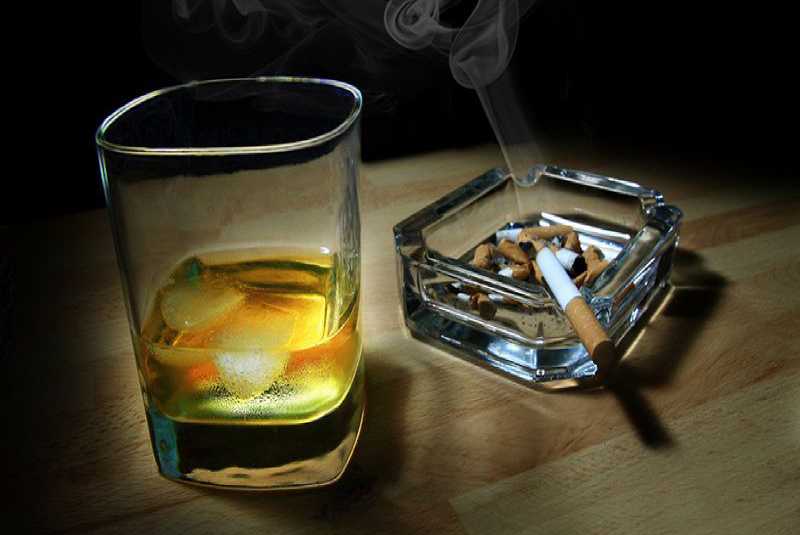×
The Standard e-Paper
Kenya's Bold Newspaper

The arteries of teenagers who drink alcohol and smoke, even occasionally, begin to stiffen by age 17, according to new research.
The University College London study, whose findings were released yesterday, shows that arterial stiffness indicates damage to the blood vessels, which leads to heart and blood vessel problems – such as heart attacks and strokes – in later life.